The city provides a challenging context for interaction design. It involves all scales, from the embedded sensor, to the interactive media facade, to the mobile networks distributed throughout the urban landscape. Urban Interaction explores the design processes involved, the designs and interfaces, and the life and use that plays out in urban space. While media architecture focuses primarily on the built environment, urban interactions tend to highlight the complex situations in multi-functional spaces. Situations include combined public and private spaces, multiple stakeholder involvement, civic life, and commercial activities.
Central to CAVI's focus on urban interactions are the ways in which public space is constructed, made available, and governed (see Participatory Publics). Whether through digital or physical means, designing interactions in these hybrid spaces is a research challenge that requires an interdisciplinary approach. Together with our partners, through interventions, experiments and analyses, the researchers at CAVI work strategically to explore and chart this domain.

In an attempt to improve traffic congestion and commute times, the app offers recommendations as to whether commuters should “drive now”. The simple yes/maybe/no tip is supplemented by projected travel time and likely delays, based on real-time traffic data from an extensive sensor network.
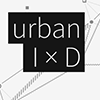
UrbanIxD is a two-year European project that will build a research network around the domain of data-rich urban environments, focusing on human activities, experiences, and behavior.
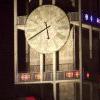
City Bug Report is an example of media architecture used to promote open government. Displaying interactions between the municipality and its citizens directly on the city hall tower in Aarhus, this system creates ambient awareness of the efficiency and transparency of running a city. Through a mobile interface, any problem ("bug") may be submitted to the city, and afterward tracked and shared online, creating a symmetrical interface with the city.

Climate on the Wall is a large-scale media facade that used people’s movements to generate climate statements. During the climate conference Beyond Kyoto, citizens of Aarhus could express their commitment to get involved by creating sentences on a wall.
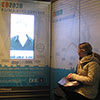
Inviting, interactive video installation that gave the public an opportunity to express its thoughts and ideas on the climate debate.
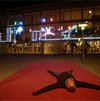
As a large-scale, interactive media facade, Aarhus by Light staged the encounter between the citizens of Aarhus and the Concert Hall, and facilitated new public behavior through the blend of architecture and digital media.
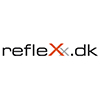
refleXx.dk is a mobile- and touch-centric experimental magazine for tablet and smartphone. refleXx.dk investigates a number of perspectives at the junction of journalism and interactive technologies, including journalistic production methods, genres, interaction, business models, and technologies.
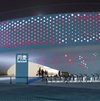
The Danish pavilion balanced digital art, urban design, and architecture. The enormous media facade attracted visitors, and reflected the human activity inside the construction, where people were able to view the Little Mermaid while walking or bicycling on the internal paths.

Exactly 100 years after the opening of a large and historically important national exhibition in Aarhus in 1909, CAVI and The Danish Centre for Urban History launched an interactive 3D model that comprised a large information landscape of buildings, texts, pictures, sounds, and movies that represent the national exposition of 1909.
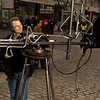
Ekkomaten is an interactive installation that served as a physical and auditory interface with 18th century Aarhus. We explore how the concept of the echo activated the design fiction potential of this interactive installation.